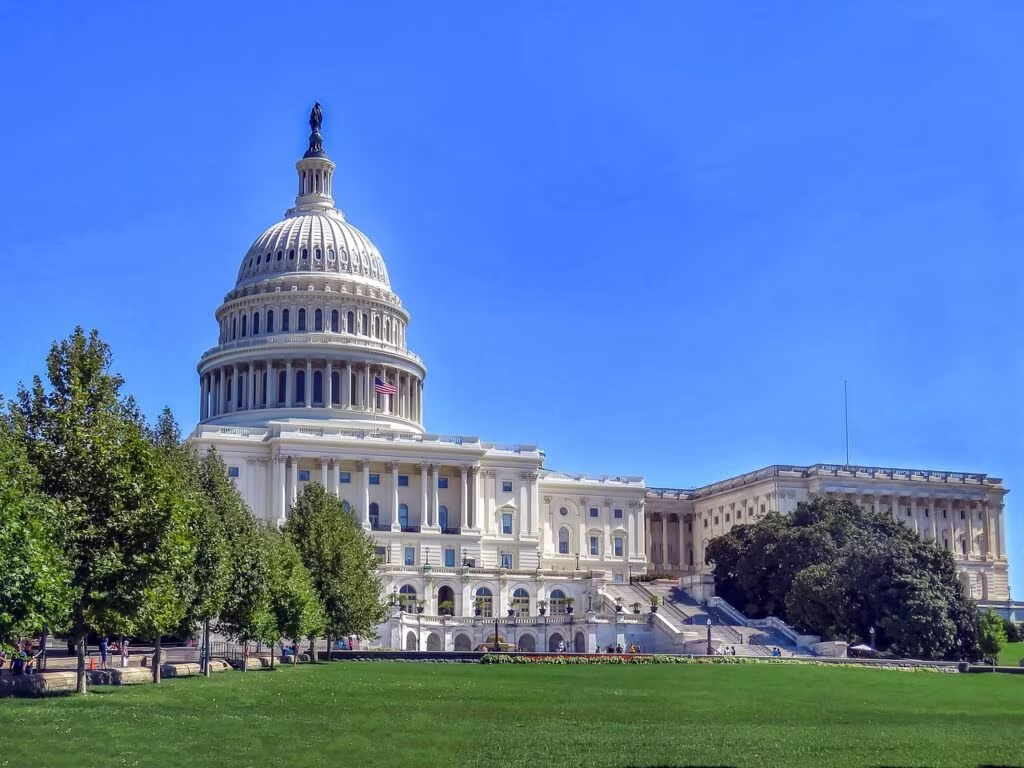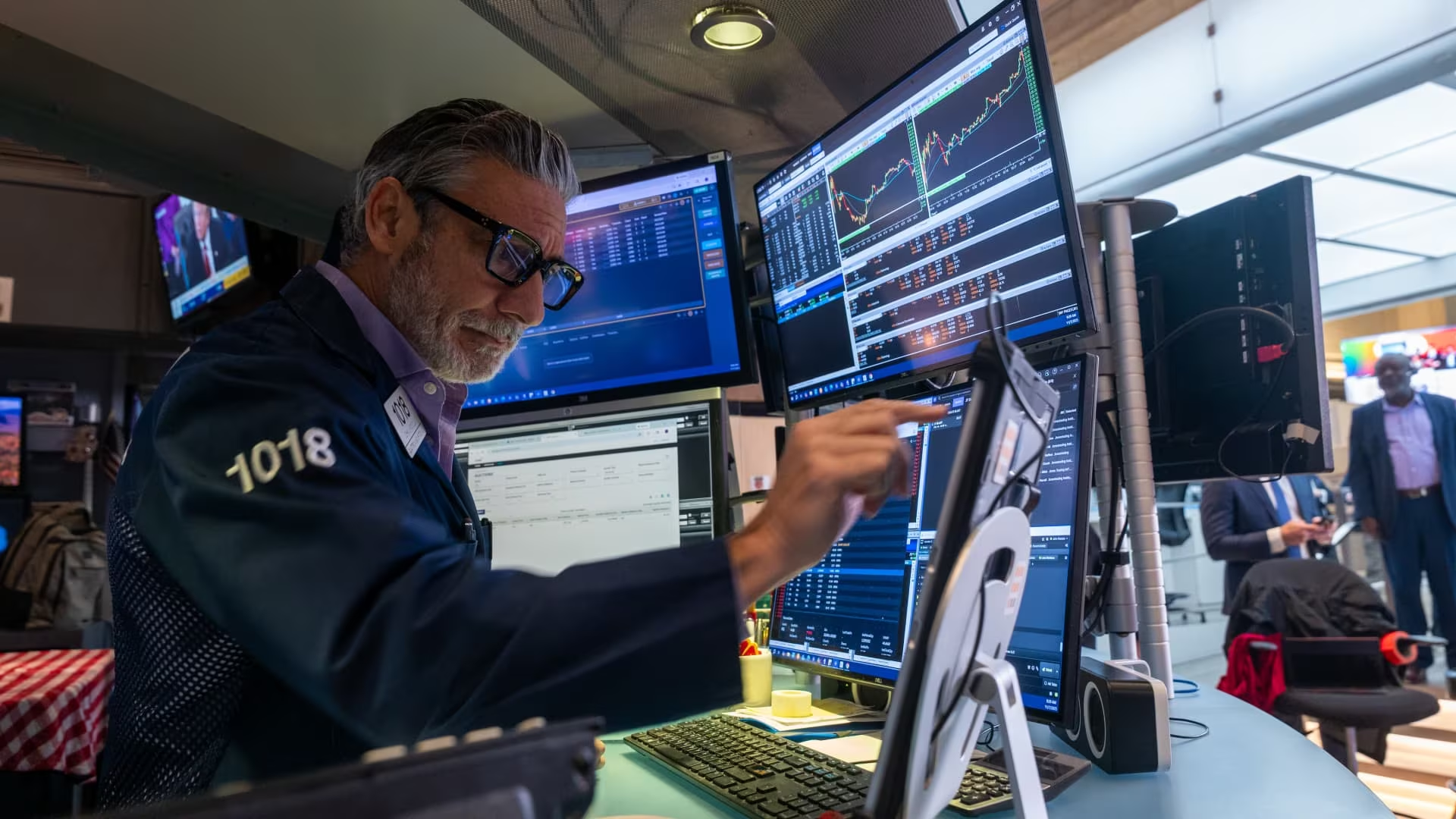Market Relief: Futures Rally on Political Breakthrough
U.S. stock futures experienced a significant surge on Monday morning, signaling a strong start to the trading week, as investors reacted positively to a critical legislative breakthrough in Washington. Late Sunday evening, Senate lawmakers achieved a key procedural step toward finalizing a deal that would end the prolonged and historic U.S. government shutdown.
The immediate market reaction reflected a powerful sense of relief, prioritizing stability and the removal of economic uncertainty. Futures tied to the S&P 500 index climbed by 0.85%, while Dow Jones Industrial Average futures indicated an opening gain of more than 250 points. The technology-heavy Nasdaq 100 futures also posted robust gains, rising by 1.1%.
This sharp upward movement underscores the market’s sensitivity to political risk, demonstrating that investors view the resolution of the shutdown as a far greater positive catalyst than any specific budget detail. The focus now shifts to the final passage of the funding measure and the immediate economic recovery following the 21-day lapse in government operations.

The Details of the Senate Agreement
The market rally was triggered by the successful passage of a crucial cloture vote in the Senate, which effectively cleared the path for a final vote on the funding measure. The vote passed with a decisive margin of 68-32, indicating strong bipartisan support for ending the fiscal impasse.
Sources familiar with the negotiations confirmed that the agreement centers on a Continuing Resolution (CR), a temporary funding mechanism designed to keep the government operational while Congress works on a long-term budget. Key details of the proposed CR include:
- Duration: The CR is set to fund the government through January 15, 2026, providing approximately two months of operational stability.
- Funding Levels: It maintains current fiscal year funding levels, avoiding major cuts or increases that could have complicated the negotiation.
- Immediate Impact: The agreement ensures that hundreds of thousands of federal employees will return to work immediately and receive back pay for the period they were furloughed.
“The successful cloture vote removed the immediate tail risk that had been hanging over the market for weeks,” stated a senior market strategist at a major investment bank. “This isn’t just about government stability; it’s about consumer confidence and the continuity of essential economic data reporting that had been halted.”
Why the Market Hates Government Shutdowns
While the direct, long-term economic damage from a typical shutdown is often moderate, the financial markets react severely to the uncertainty and disruption they cause. The recent 21-day shutdown had begun to show tangible effects on the U.S. economy, prompting the market’s strong negative reaction leading up to the deal.
Economic and Market Consequences of the Impasse
- Halted Economic Data: The shutdown temporarily suspended the release of crucial economic indicators, including certain housing reports and key manufacturing surveys. This lack of data creates a fog of uncertainty for investors and the Federal Reserve, complicating investment decisions.
- GDP Drag: Economists estimate that the shutdown was shaving off approximately 0.1 percentage point from quarterly Gross Domestic Product (GDP) growth for every week it continued, primarily due to furloughed workers and delayed government contracts.
- Consumer Confidence: Prolonged political instability erodes consumer and business confidence, leading to delayed spending and investment. This psychological impact often outweighs the direct fiscal cost.
- Regulatory Delays: Key government functions, such as processing initial public offerings (IPOs) at the Securities and Exchange Commission (SEC) and approving new drug applications at the Food and Drug Administration (FDA), were slowed or stopped, impacting specific industries.

Sector Performance and Investor Sentiment
The relief rally was broad-based, but certain sectors that had been disproportionately affected by the shutdown showed the strongest gains, reflecting a shift back toward risk-on sentiment.
| Sector (S&P 500) | Estimated Futures Gain | Rationale |
|---|---|---|
| Defense & Aerospace | +1.5% | Dependent on timely government contract approvals and funding. |
| Financial Services | +1.2% | Benefit from restored regulatory clarity and improved economic outlook. |
| Real Estate | +0.9% | Sensitive to interest rate stability and the resumption of housing data releases. |
| Technology | +1.1% | General market optimism and reduced systemic risk benefit growth stocks. |
Defense contractors and government services firms, which had seen their stock prices pressured due to delayed payments and contract freezes, were among the biggest beneficiaries of the news. The resumption of normal operations means the pipeline of federal spending can flow freely once again.
Furthermore, the resolution reduces pressure on the Federal Reserve. With the immediate fiscal crisis averted, the Fed can return its focus entirely to inflation and employment data, rather than having to factor in the unpredictable variable of political gridlock.
Key Takeaways and What Comes Next
The market’s reaction confirms that stability and certainty are paramount for investor confidence. While the immediate crisis is over, the underlying political divisions that led to the shutdown remain.
Essential Points for Investors:
- Immediate Relief: Stock futures are up significantly, driven by the Senate’s success in moving a temporary funding bill forward.
- Temporary Fix: The deal is based on a Continuing Resolution (CR) that expires on January 15, 2026, meaning the threat of a shutdown will resurface early next year.
- Economic Cost: The 21-day shutdown caused a measurable drag on GDP and disrupted critical economic data reporting.
- Risk Reduction: The primary benefit to the market is the removal of the “tail risk”—the low-probability, high-impact event of a prolonged, catastrophic shutdown.
Looking ahead, the focus will shift from the immediate funding crisis to the negotiations required to pass a full, long-term budget before the January deadline. Analysts anticipate that the market will remain sensitive to any rhetoric suggesting renewed political brinkmanship as that deadline approaches.

Conclusion
The strong overnight rally in stock futures provides a clear verdict from the financial community: political stability is essential for economic growth. The Senate’s procedural success in advancing a temporary funding measure has injected much-needed confidence back into the markets, allowing investors to shift their attention back to corporate earnings and fundamental economic performance. While the immediate threat of a shutdown has been neutralized, the underlying fiscal challenges facing Congress ensure that political risk will remain a persistent factor in market calculations throughout the remainder of 2025 and into the new year.
Original author: Liz Napolitano
Originally published: November 10, 2025
Editorial note: Our team reviewed and enhanced this coverage with AI-assisted tools and human editing to add helpful context while preserving verified facts and quotations from the original source.
We encourage you to consult the publisher above for the complete report and to reach out if you spot inaccuracies or compliance concerns.

